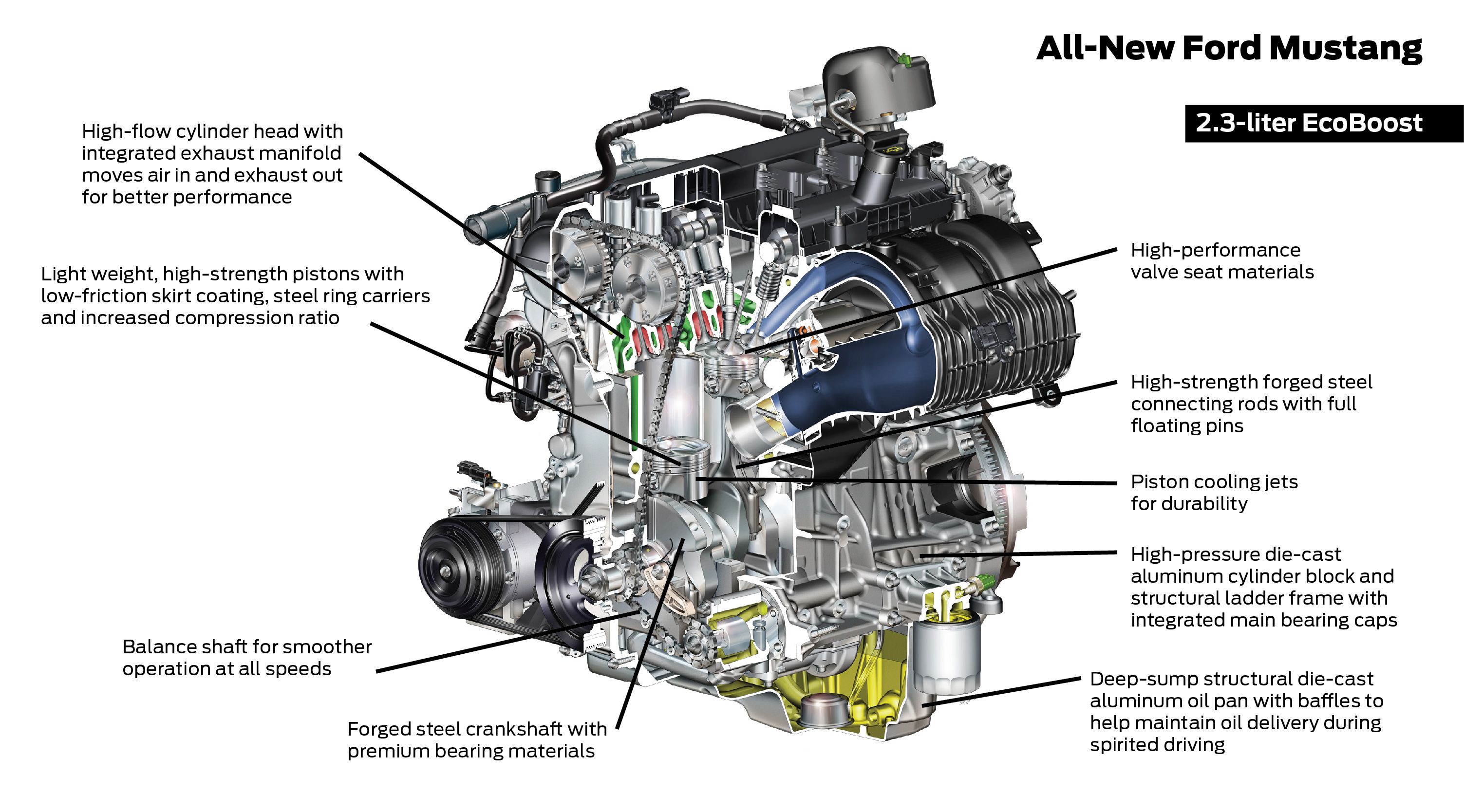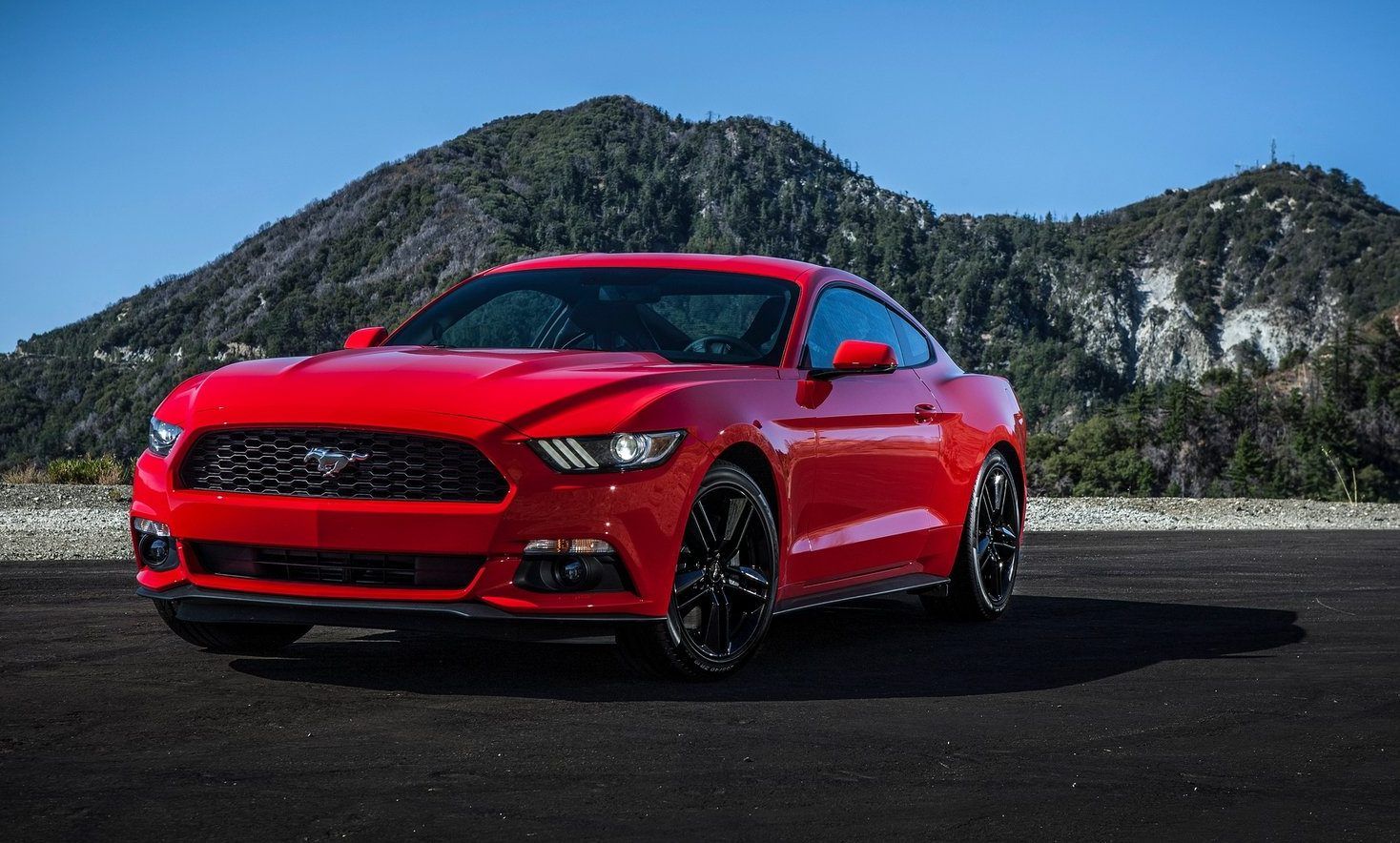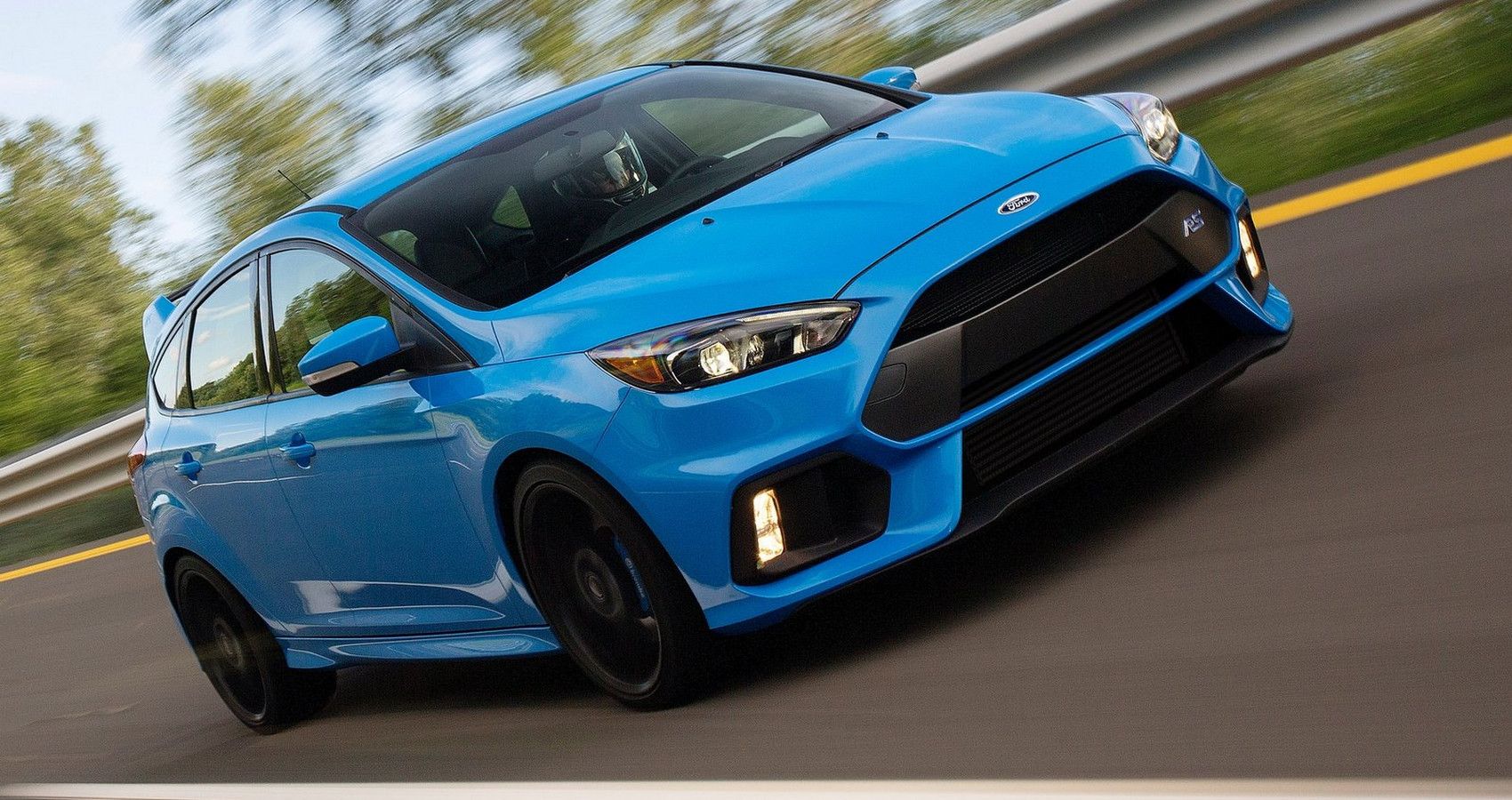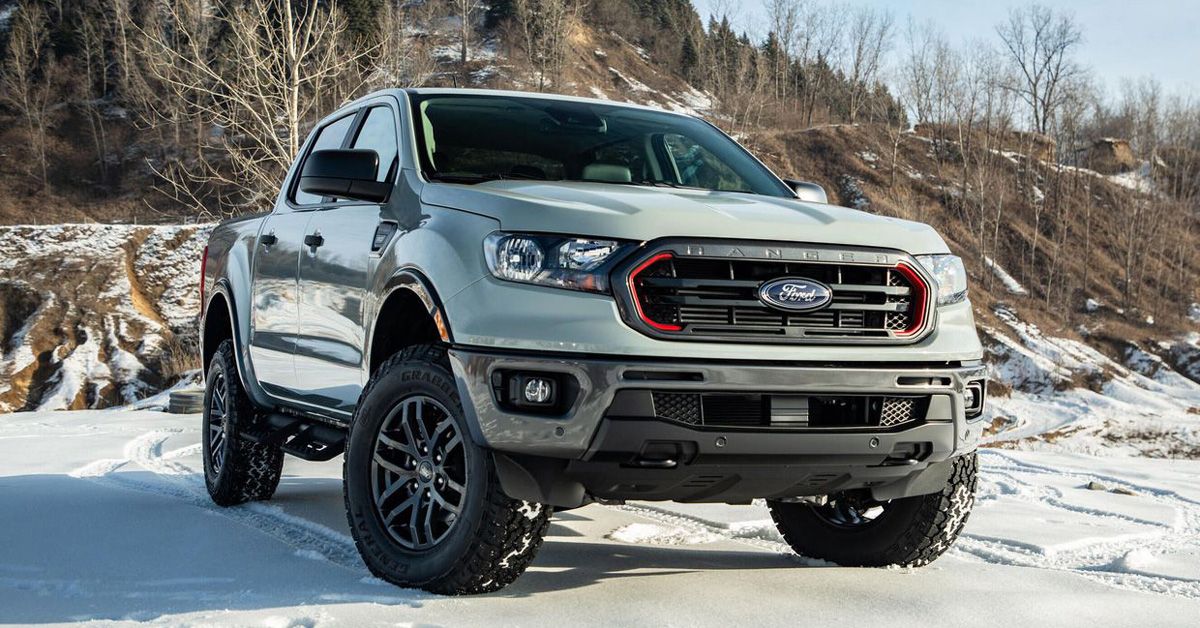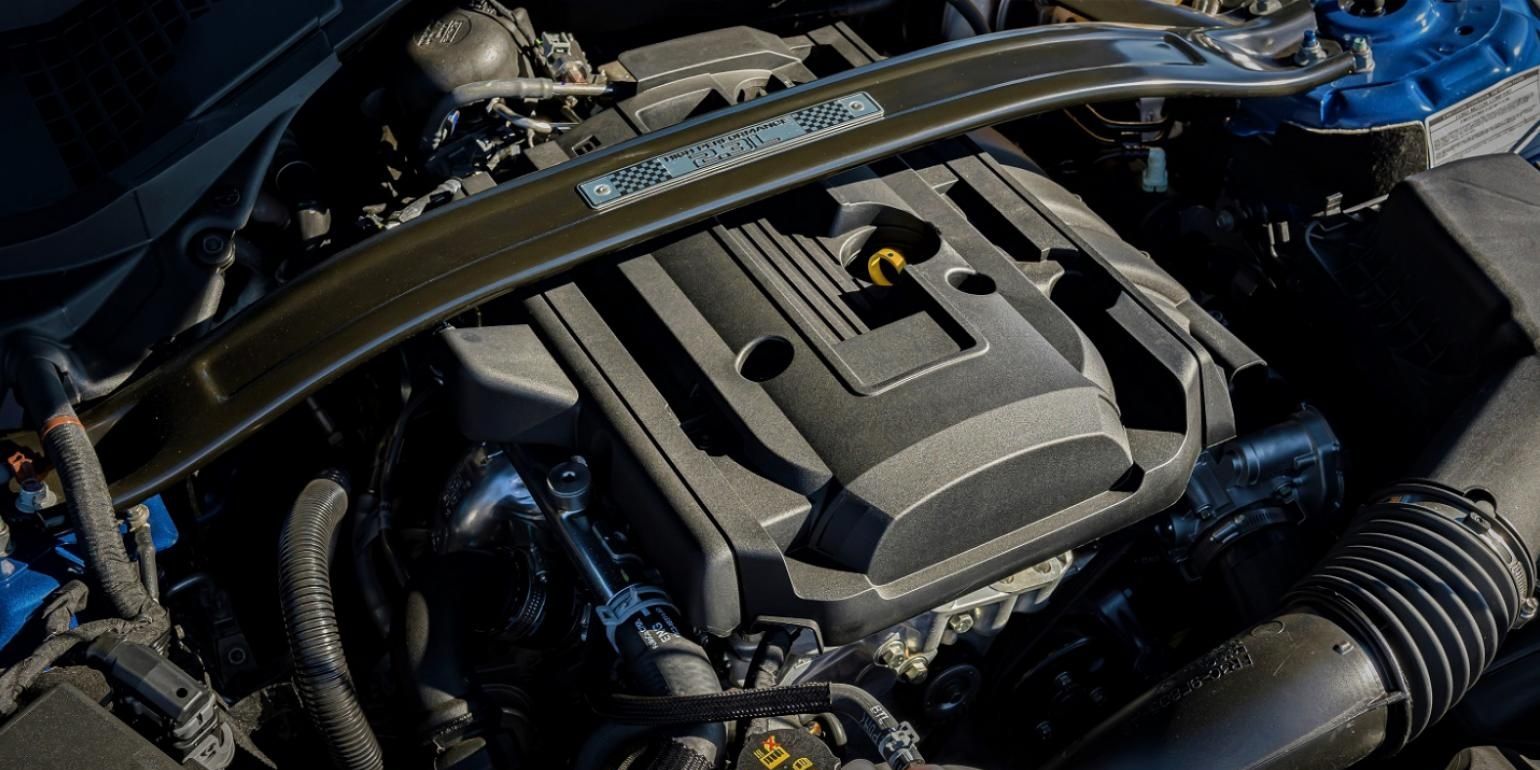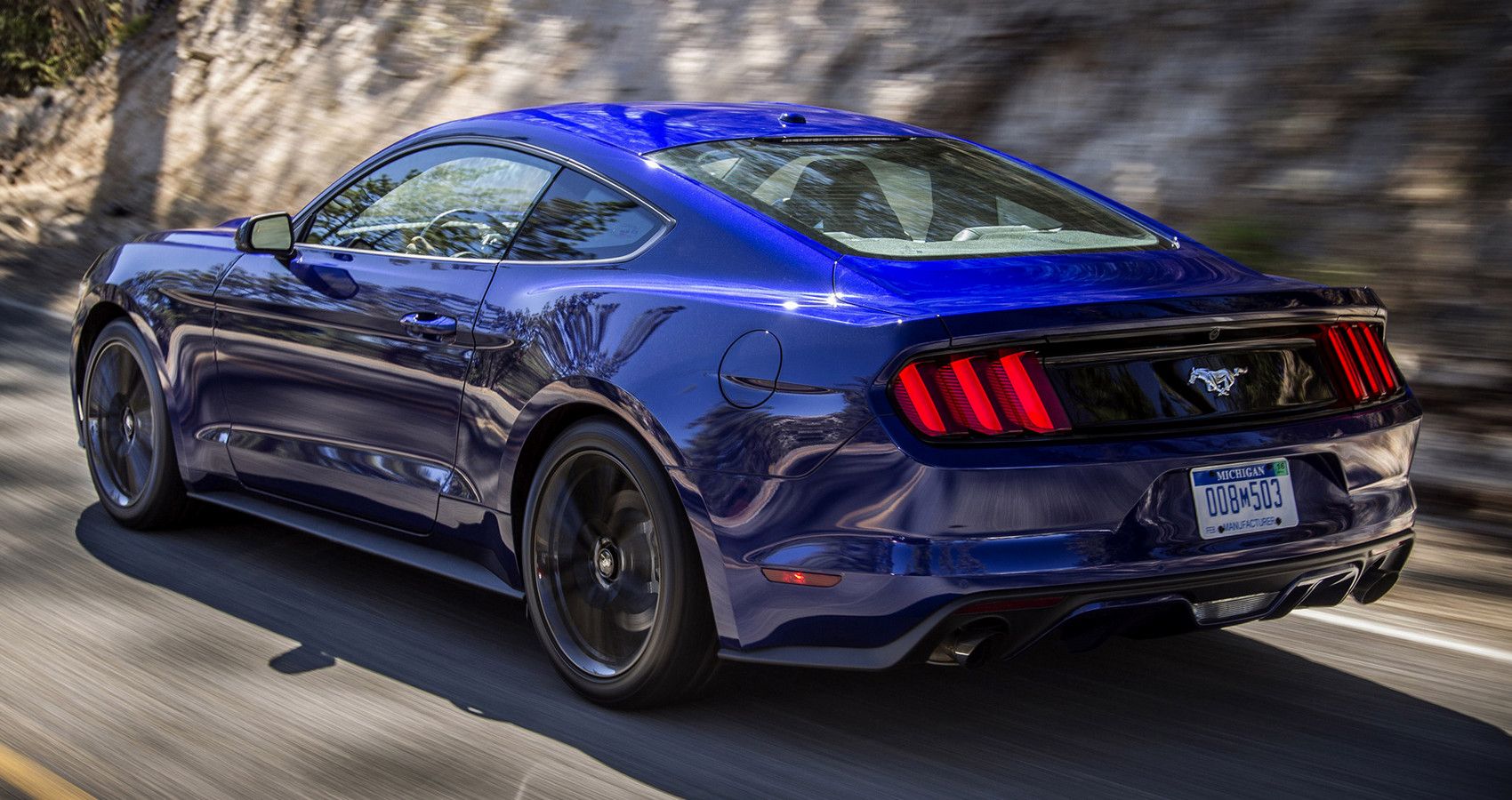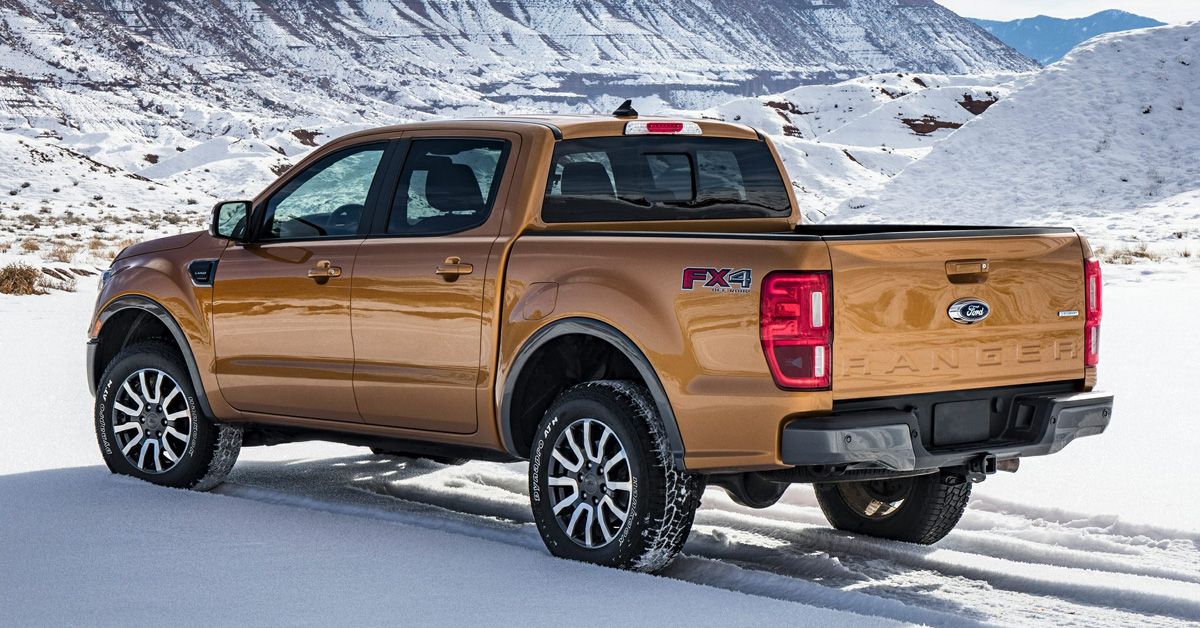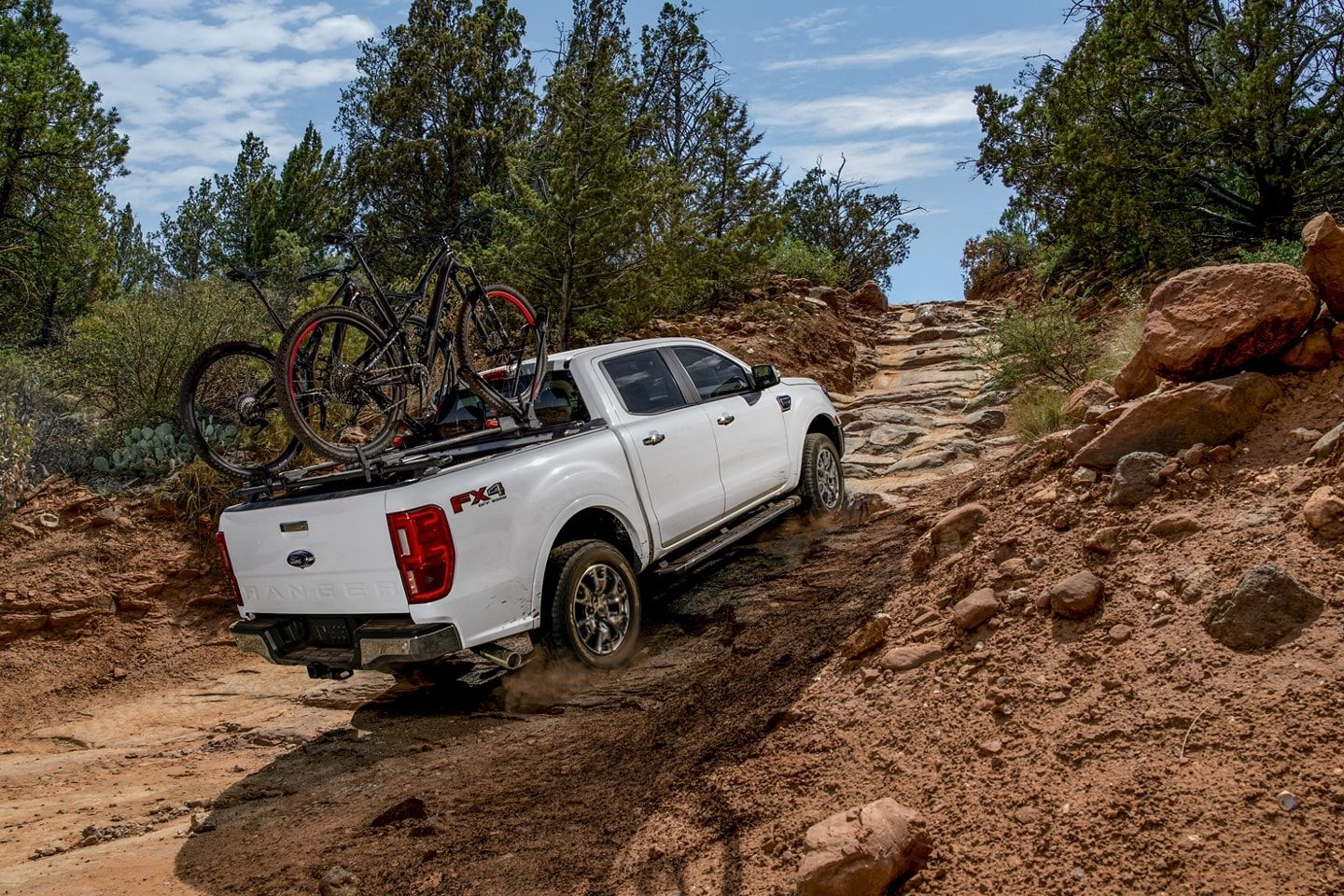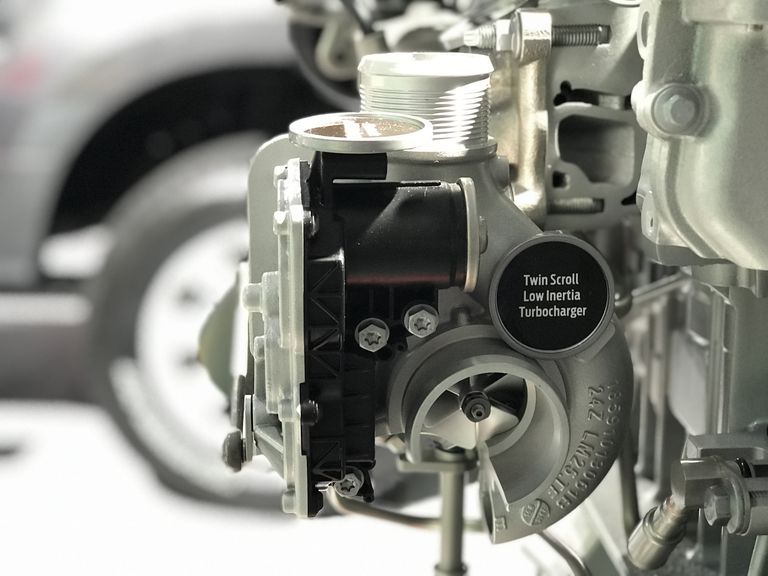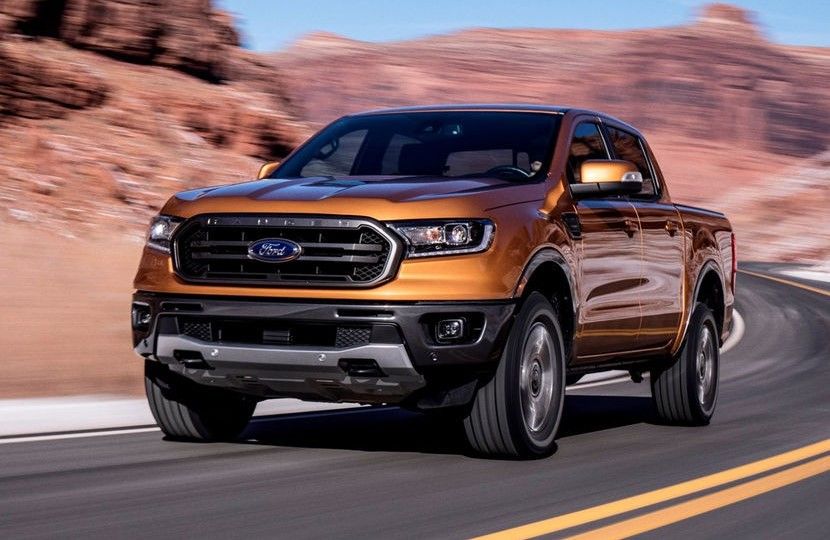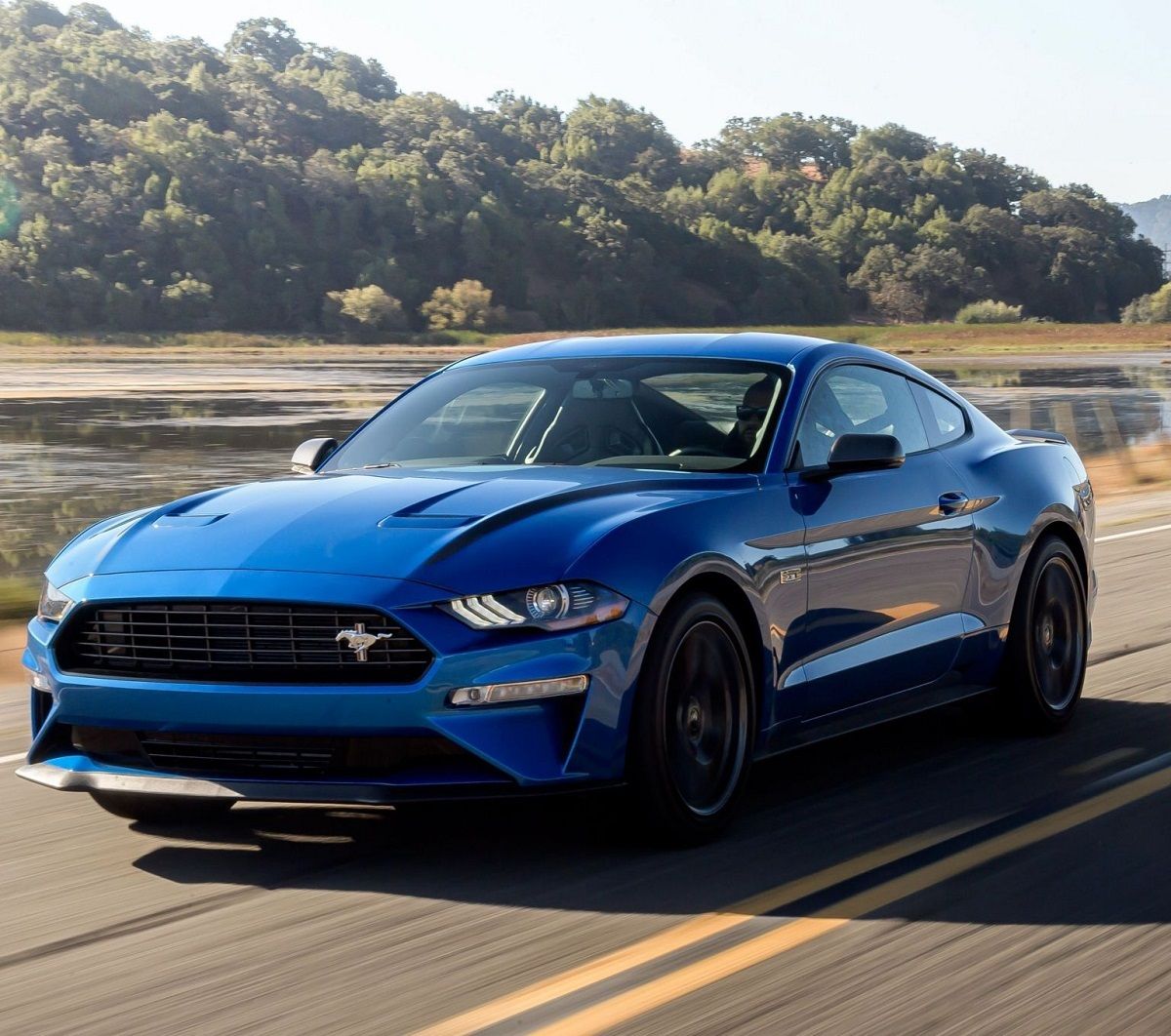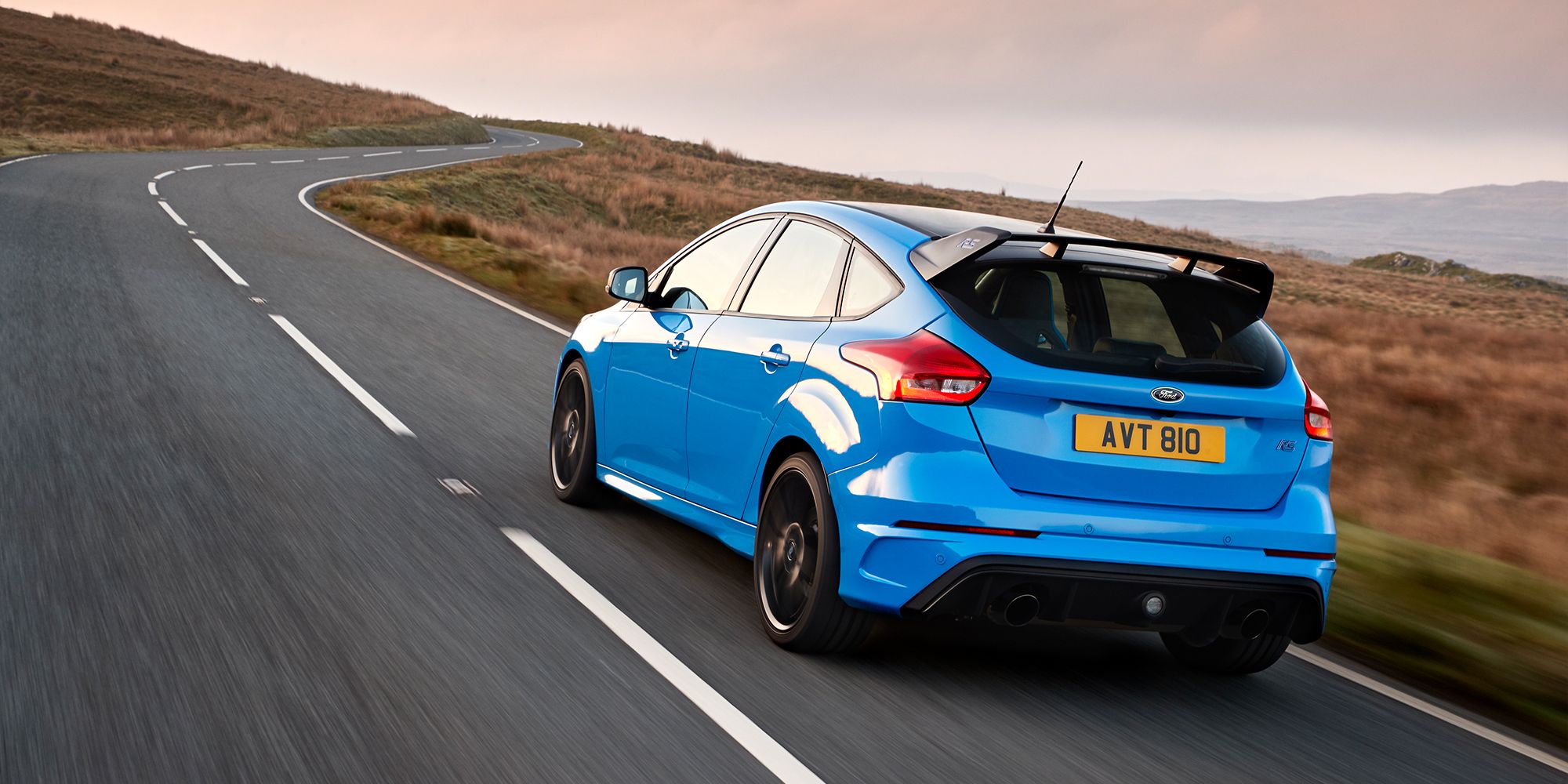Ford has been gradually rolling out their EcoBoost lineup of engines over the course of the last decade, and all of them have played a critical role in getting the company to where it is now.
Not long ago Ford was heavily criticized for its lack of innovation, especially in terms of engine development, relying heavily on then-partner Mazda for their small-displacement gas and diesel 4-cylinder engines. For a time, that served its purpose, with both brands gaining access to markets they otherwise might not have, and both brands learning from each other in many respects. Since that partnership came to an end, it is Ford who has truly gone from strength to strength, once again producing desirable cars with innovative, efficient engines. One of those engines is the performance-minded 2.3-liter EcoBoost.
8 Stroker
This particular 2.3-liter variant has technically been in production since 2015, but its origins date back to 2010 and even further if you look at development lead time.
At its core, this is a 2.0-liter EcoBoost, strengthened and stroked out to create the larger displacement. This is achieved by using a 94mm forged crankshaft as opposed to the regular 83mm crank.
7 Running Costs
Largely thanks to economics of scale Ford is able to keep the prices of spare parts for these rather advanced engines down, most especially in the US and Europe where they are produced.
Maintenance costs do go up a fair bit as you go up the performance ladder, the Ranger for example only makes around 280 horsepower and the engine remains understressed. In the Focus RS the same engine is pumping out 350 highly-strung horsepower, so it is to be expected that there will be more wear and tear in those high-performance engines.
6 Versatility
One of the key aspects in making the development of any engine a successful one is making it modular.
The 2.3-liter EcoBoost is exactly that, able to fit into the engine bay of a wide variety of vehicles as well as being able to be mounted both transverse and longitudinally, something only a handful of engines can manage.
5 Power Per Liter
At 350 horsepower, the highly-strung Focus RS makes more power per liter than almost any other mass-produced car, interesting considering that its engine also finds a home in the Mustang.
In the Mustang, power is slightly restricted, making 310 horsepower, likely down to a different exhaust system and their desire to emphasize the power jump to the V8. In reality, a few aftermarket modifications could get the EcoBoost Mustang a little too close to the V8 for comfort.
4 Performance-Oriented
Although one of the most popular applications for the EcoBoost in North America is the Ranger, it certainly wasn’t developed with that in mind. It was developed for the Focus RS and the Mustang, two of Ford’s top-selling performance cars.
The Mustang is the baseline powertrain but obviously can’t leave the car wanting for performance, and the RS is the premier hot hatch in its class. The Ranger became more of a happy accident, as it was one of the few suitable gas engines that could be easily adapted for the pickup, which was initially not developed for the North American market.
3 Torque Delivery
What made the EcoBoost such an attractive option for the Ranger was simply the fact that it could deliver smooth reliable torque, comparable to the diesel engines you would usually find under the hood elsewhere.
It has the added bonus of being relatively affordable to produce and run, and the unintentional tuning benefit for those who want to modify one of the most modified vehicles in the world.
2 Twin-Scroll Turbo
The torque delivery is largely down to the design of the turbo. The twin-scroll design means there is a lot less lag, thereby reducing the rev range of peak torque.
Peak torque in most turbos will come in at a higher point in the rev range, as the engine increases boost pressure, for the EcoBoost, this is not the case, as optimum boost and torque is achieved from right around 1500 rpm already.
1 Emissions
Arguably, the biggest gain from this particular EcoBoost engine is the emissions output compared to produced horsepower.
Few engines are able to match this “goldilocks” engine in this department, there are a few that have more power per liter but suffer in the emissions department. There are also several that have superior emissions results but don’t even come close to the performance numbers that this incredible engine can achieve.


